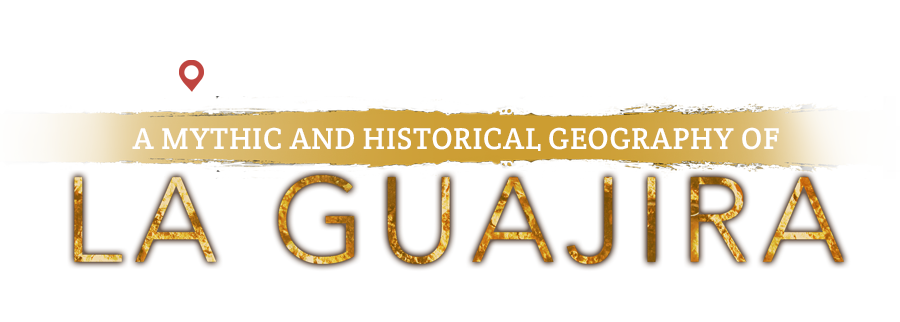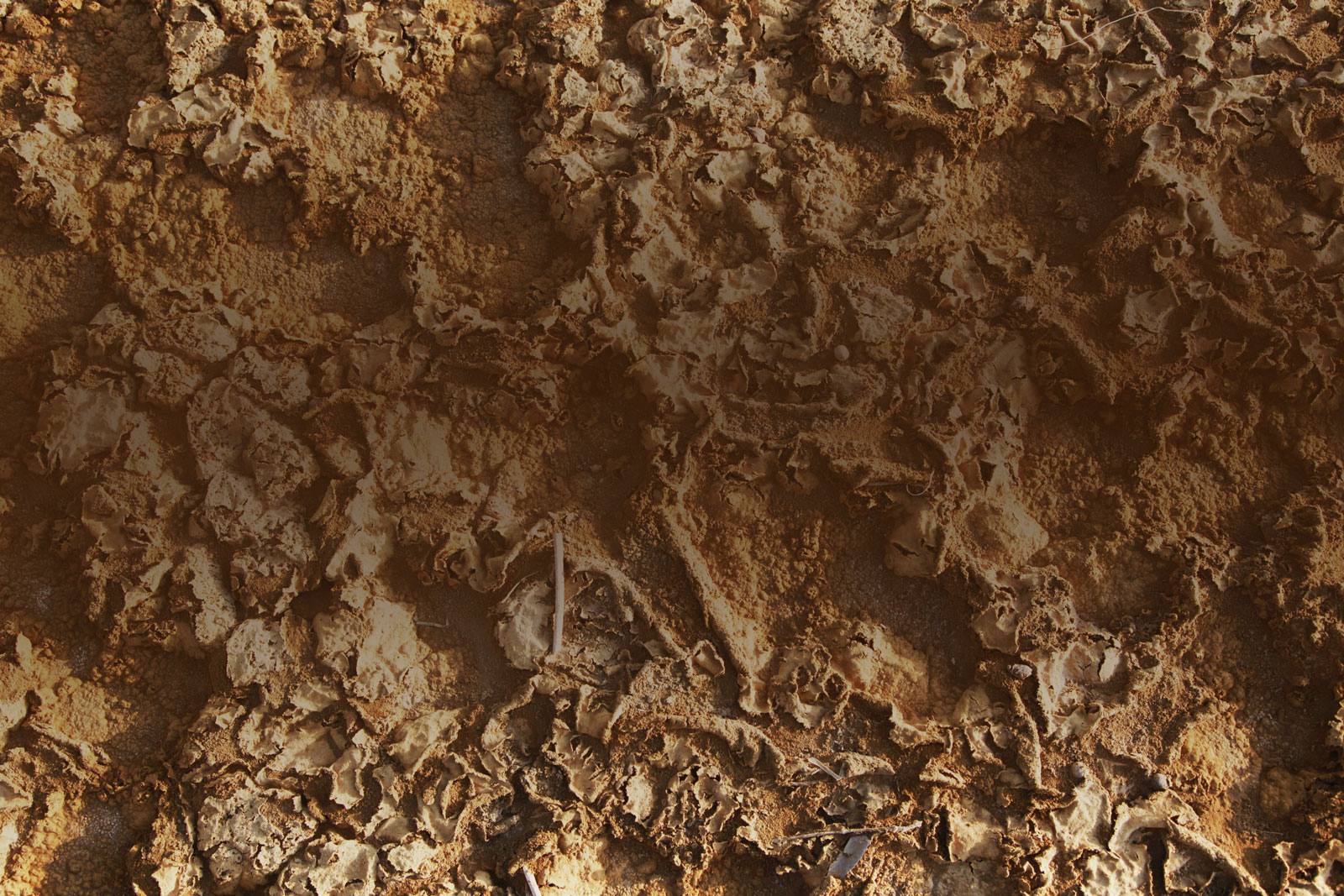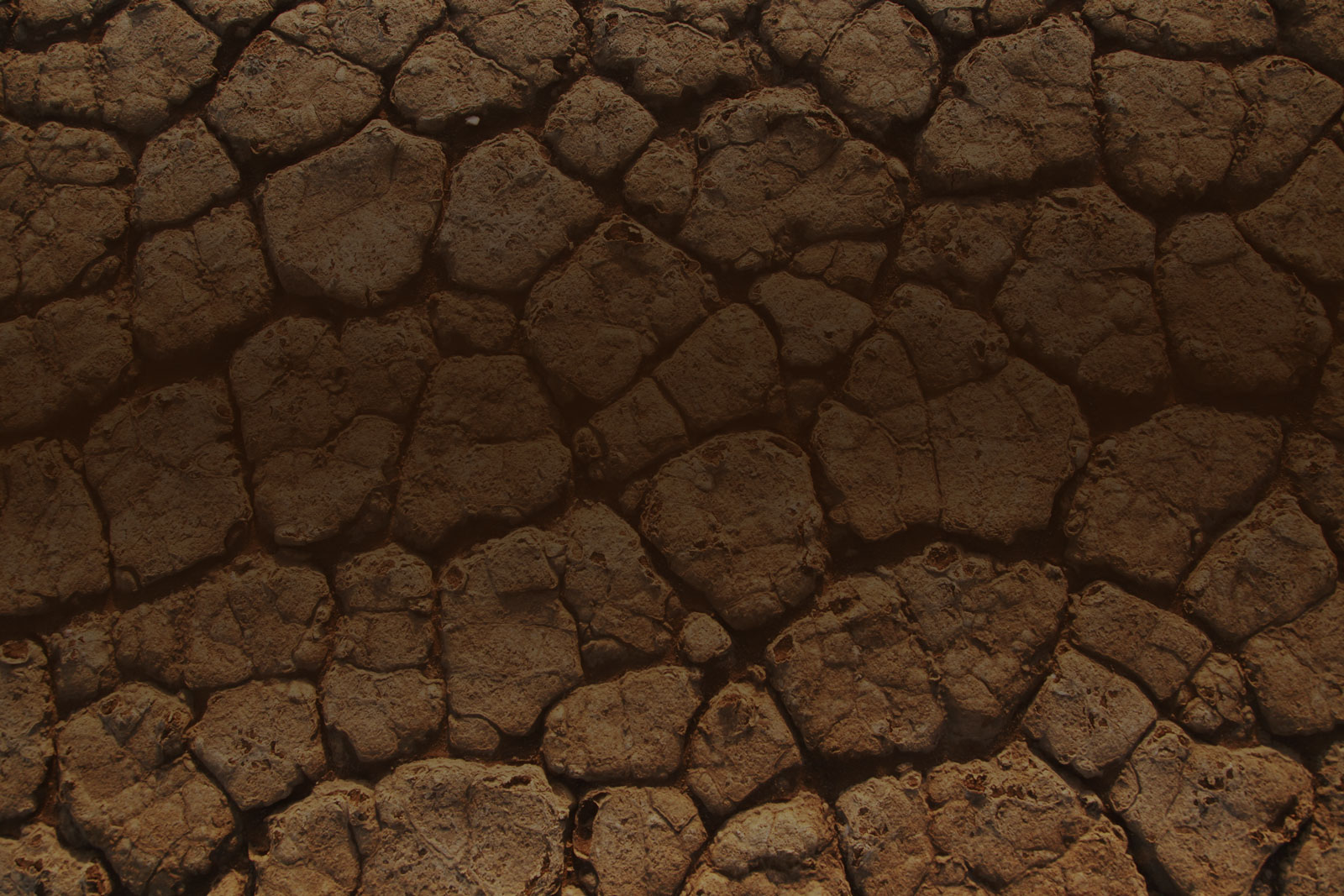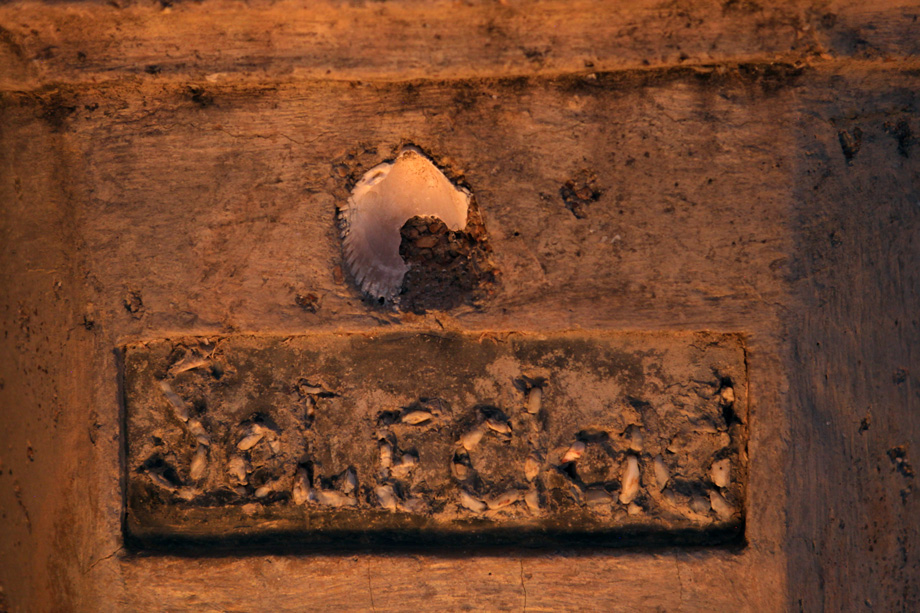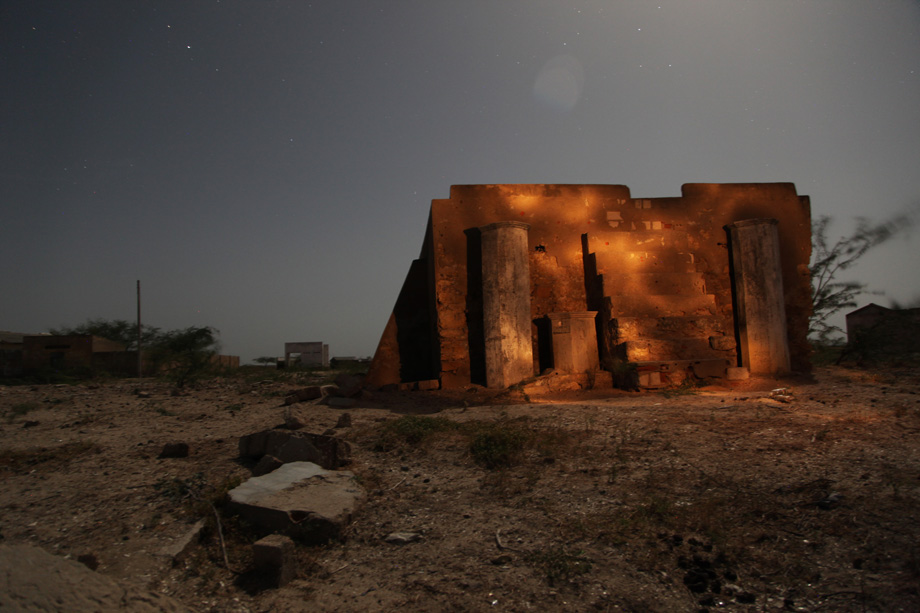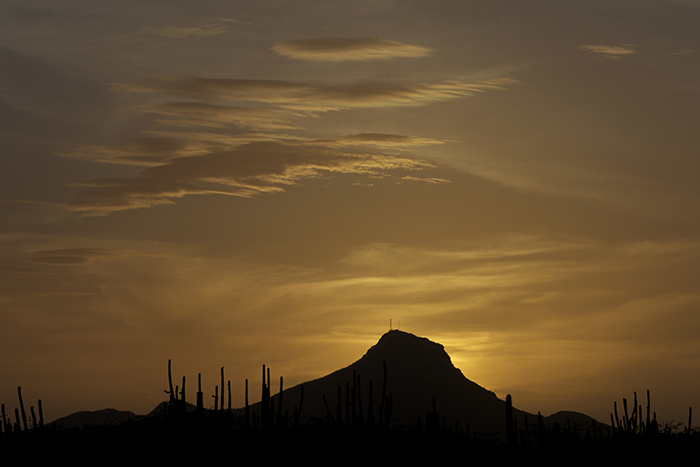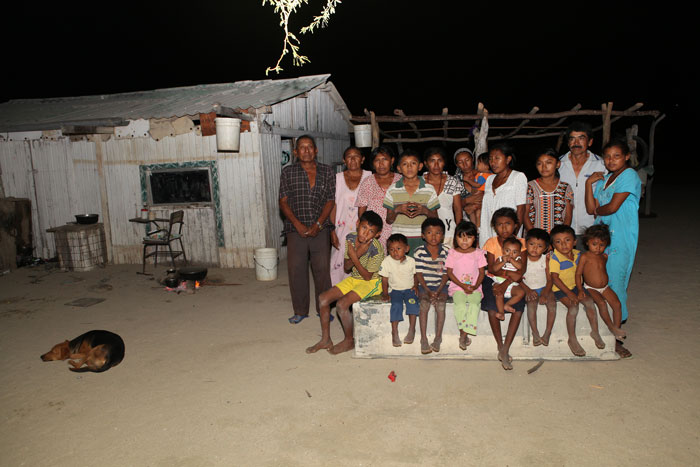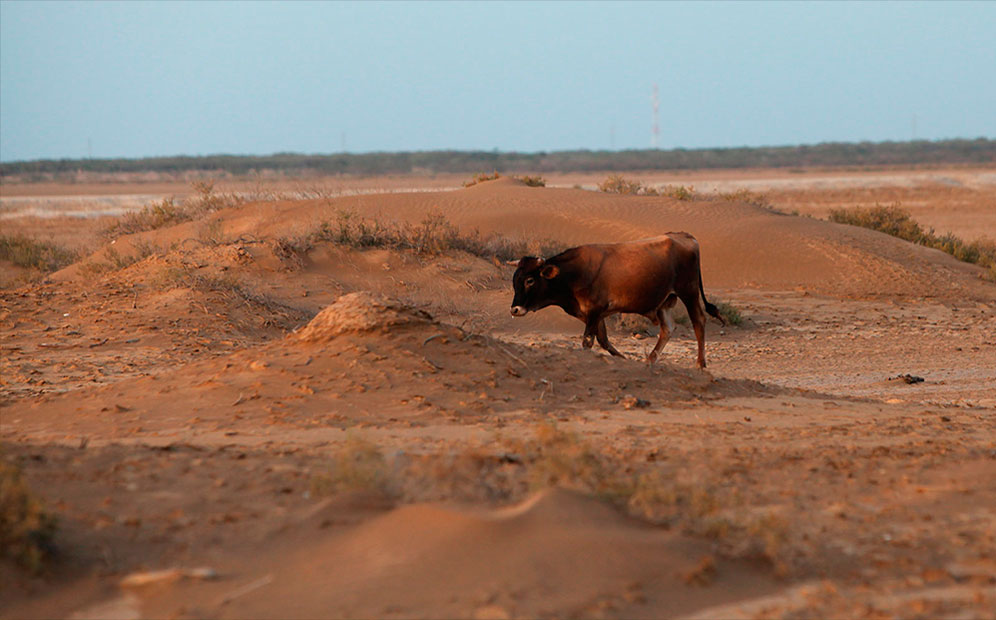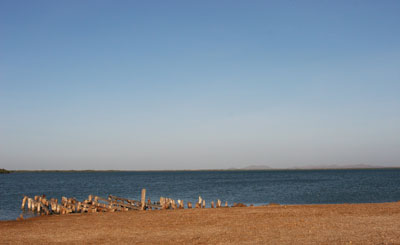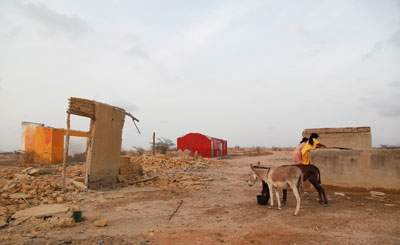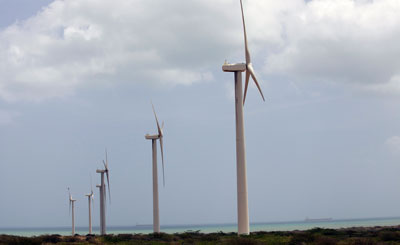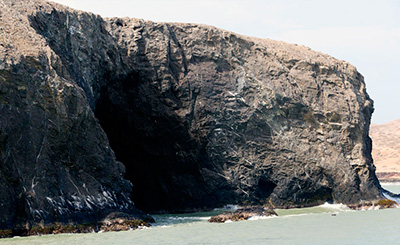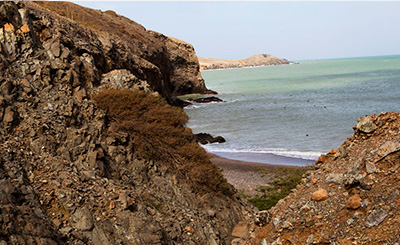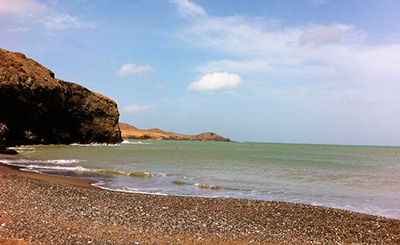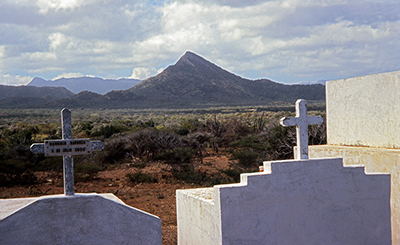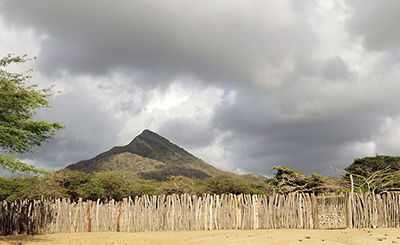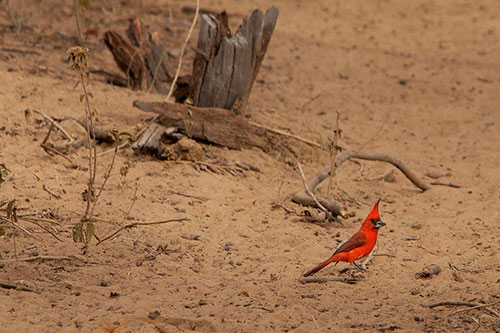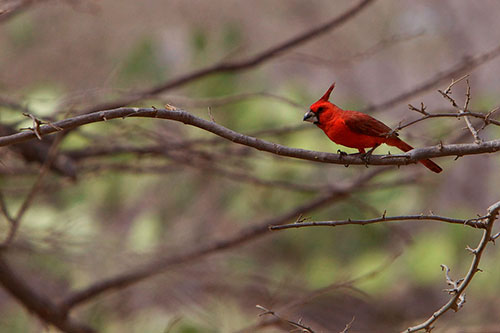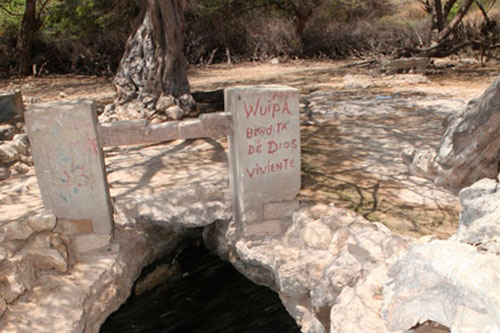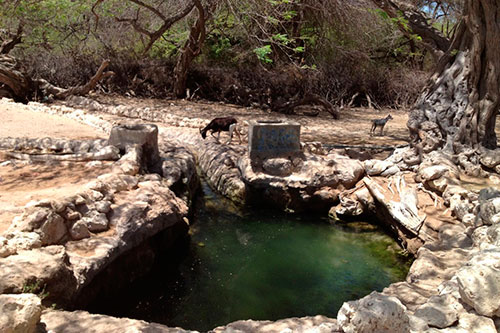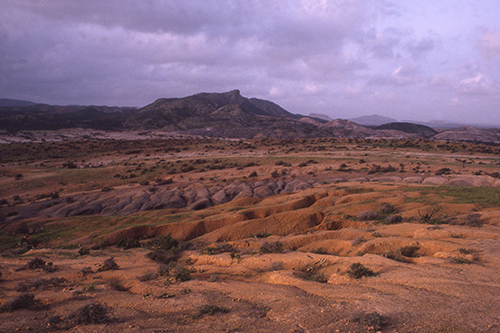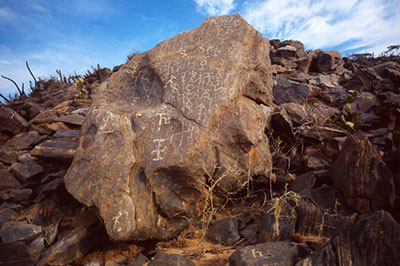Between the hills
and the wind
The journey we made was around the triangle formed by the titular mounts of Alta Guajira. This became apparent as we walked through the peninsula from south to north and from the west to the east, as we learned how teriomorphic beings – who existed outside of time, before the existence of humans- became hills, winds and stones; how beings of the sea can also be of the land; how certain historic landmarks indicate places that are visible footprints in the landscape.
Geography has moulded the human activity of the Wayuu, and the people as well have moulded geography through the meaning and uses assigned to each mythic-historical place that exists there. These points in the landscape and their oral narratives have permitted through successive generations the ordering of ways of seeing the world; the beings that inhabit the sea and the land and who are part of the mythological universe, and who have determined the manner in which each living or mythological being defines themselves as masculine or feminine.
Some mythic stories of the Wayuu state that the titular mounts of Guajira came down from the Sierra Nevada in search of new prospects. Other stories affirm that they came from the west of Guajira. In the myths compiled by the anthropologists Perrin, Chaves, Bolinder and Caudmont1 Wilbert, Simoneau y Perrin, Folk Literature of the Guajiro Indians. , their journey is recreated:
"The three brothers (sometimes presented as two brothers and a friend) wandered through Guajira in search of water and food. One day, upon arriving to the plains of the central peninsula, Epitsü told his brothers that he had fallen in love with a woman, and that he had become fascinated with this place that had the form of a beautiful breast, referring to what is today known as the Cerro de la Teta (the Mount of the Breast). The others continued until arriving to the Cabo de la Vela (Cape of the Sail). There Kama’ichi announced to his brother that he had fallen in love with the sea, that he wished to become a fisherman and that he would stay there forever. The third brother continued onwards to the edge of the peninsula, where he fell in love with the fertile land and running waters. There he stayed for the rest of his life".
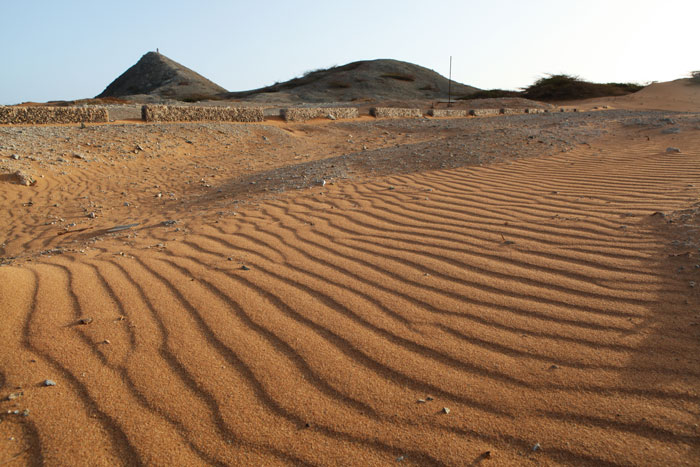
Each brother stays in the place associated with his desires. The common element in these narratives is the fraternity that marks the spaces, the presence of a kinship between brother hills that is always mentioned. However, in some narratives of Alta Guajira Kama’ichi is not mentioned, but rather the Cerro de los Monjes [Mount of the Monks], also called Waliraajo’u.
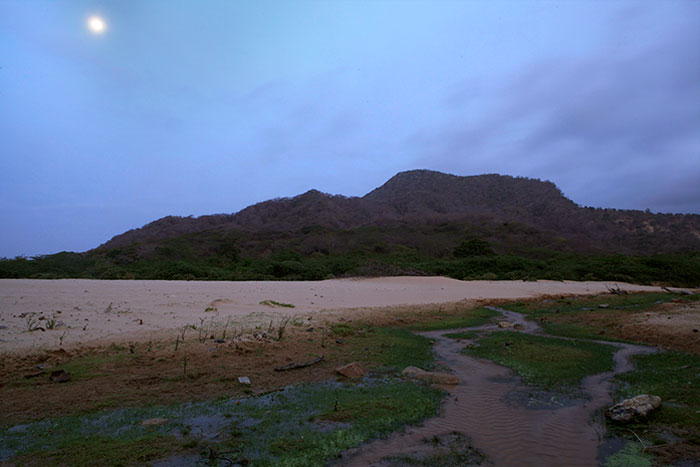
The triangle features a pathway, a micro geography and environmental setting, but as well evidence of how geography and landscape are constructed from social and kinship relations between multiple beings both living and mythical. In the social, familiar and mythical world of the Wayuu, the territory is perceived as an ancestral space, inherited through the maternal line, and never lost.
